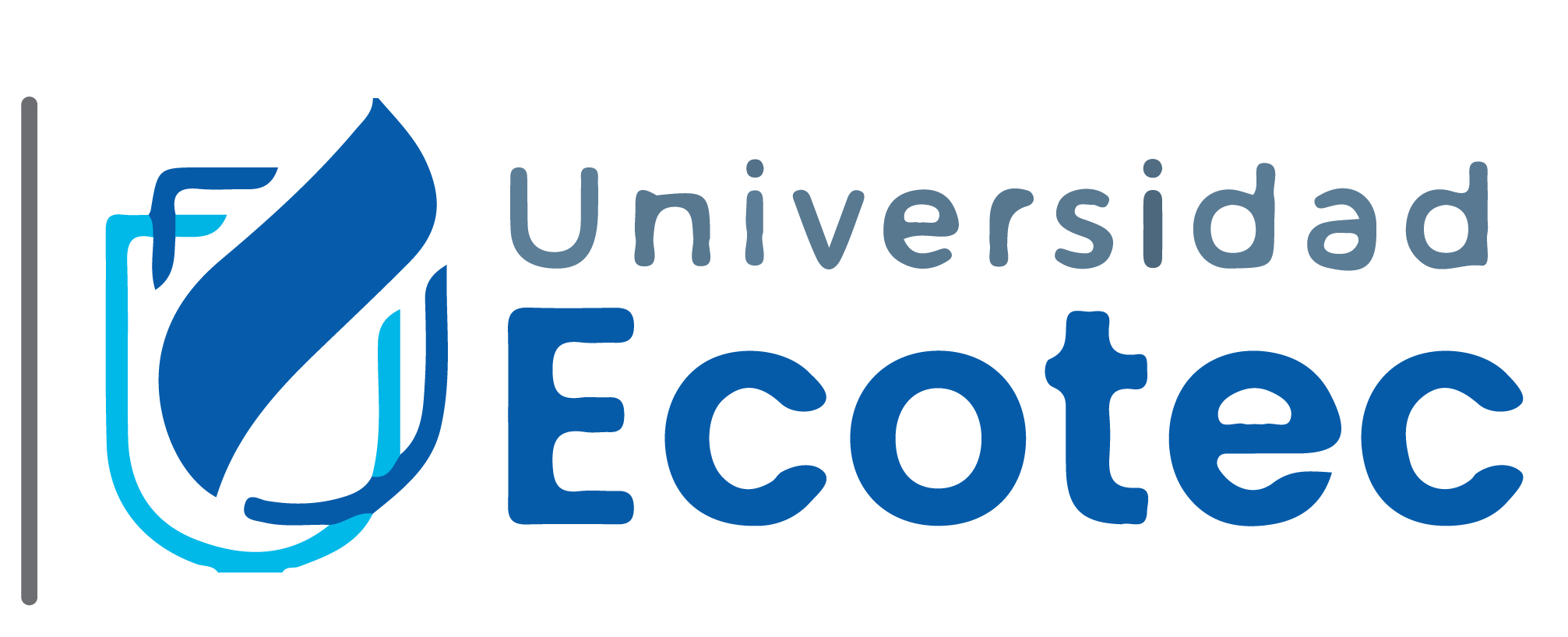Artículo
The application of exponential random graph models to collaboration networks in biomedical and health sciences: a review
Resumen
0
Autores | Moura, LKB; de Azevedo, UN; Wingerter, DG; Ferreira, MAF; Maciel, MPR; Moura, RP; da Silva, AM; Alves, MSCF |
Título | Bibliometric analysis of the scientific evidence on violence perpetrated against the elderly |
Afiliaciones | Universidade Federal do Rio Grande do Norte |
Año | 2020 |
DOI | 10.1590/1413-81232020256.226322018 |
Tipo de acceso abierto | Green Published, gold |
Referencia | WOS:000538942600015 |
Artículo obtenido de: | WOS |



